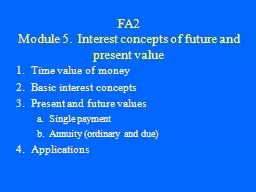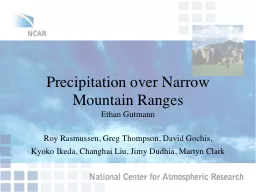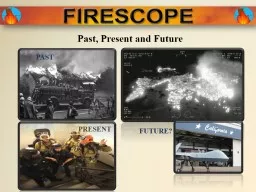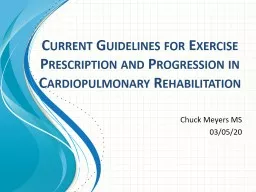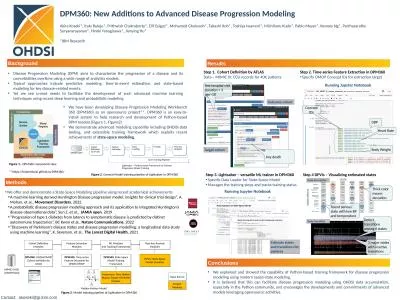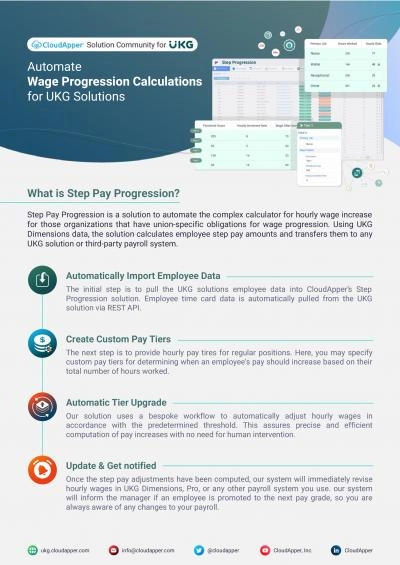PPT-Our Steps Past, Present and Future of Progression through Salary Ranges
Author : sherrill-nordquist | Published Date : 2018-09-22
The Past From 196696 the California State University paid employees Merit Salary Adjustments MSAs or Steps Every employee was expected to progress from the bottom
Presentation Embed Code
Download Presentation
Download Presentation The PPT/PDF document "Our Steps Past, Present and Future of Pr..." is the property of its rightful owner. Permission is granted to download and print the materials on this website for personal, non-commercial use only, and to display it on your personal computer provided you do not modify the materials and that you retain all copyright notices contained in the materials. By downloading content from our website, you accept the terms of this agreement.
Our Steps Past, Present and Future of Progression through Salary Ranges: Transcript
Download Rules Of Document
"Our Steps Past, Present and Future of Progression through Salary Ranges"The content belongs to its owner. You may download and print it for personal use, without modification, and keep all copyright notices. By downloading, you agree to these terms.
Related Documents


